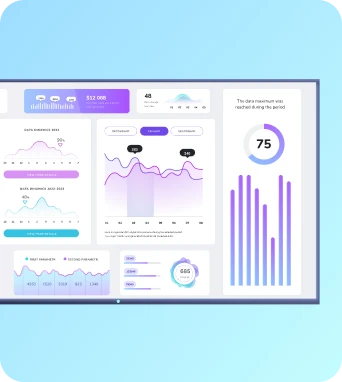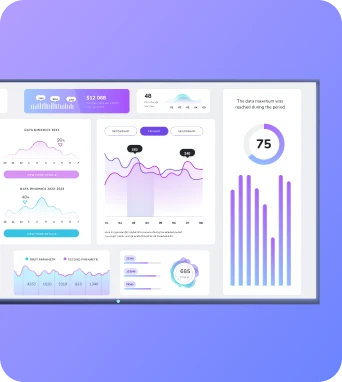Dynamic screen allocation
Dynamic screen allocation refers to the process of automatically adjusting and distributing digital content across multiple screens based on real-time data and predefined criteria, optimizing the display for maximum impact and relevance.
What is Dynamic screen allocation?
The Role of Real-Time Data in Dynamic Screen Allocation
Implementing Dynamic Screen Allocation in Digital Signage Networks
Final Thoughts on Dynamic Screen Allocation
Keep the learning going...
Dynamic content triggers
Dynamic content triggers are automated mechanisms in digital signage systems that change displayed content based on specific conditions or data inputs, enhancing relevance and engagement.
Dynamic playback rules
Dynamic playback rules refer to the set of programmable conditions and parameters that dictate how digital signage content is displayed based on real-time data and audience interaction.
Dynamic templates
Dynamic templates in digital signage refer to adaptable content layouts that automatically update and customize based on real-time data inputs, enhancing viewer engagement.



